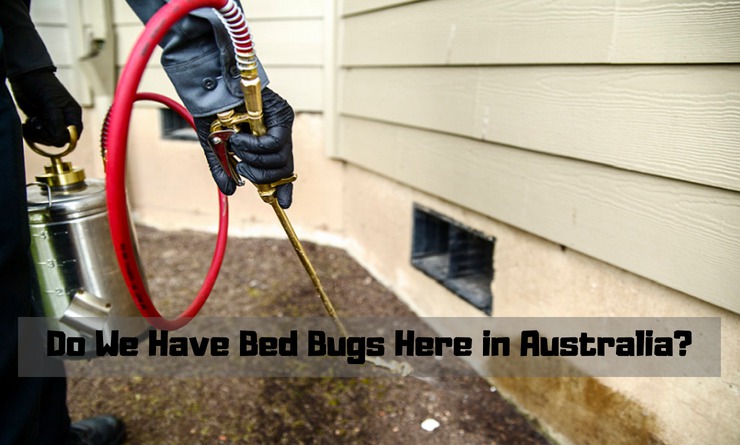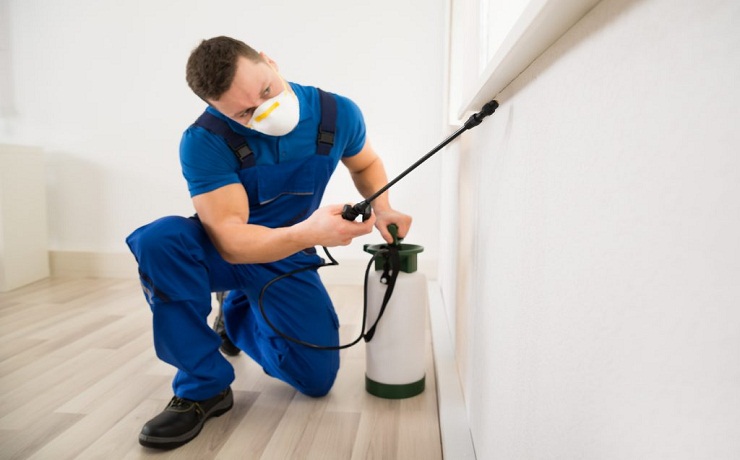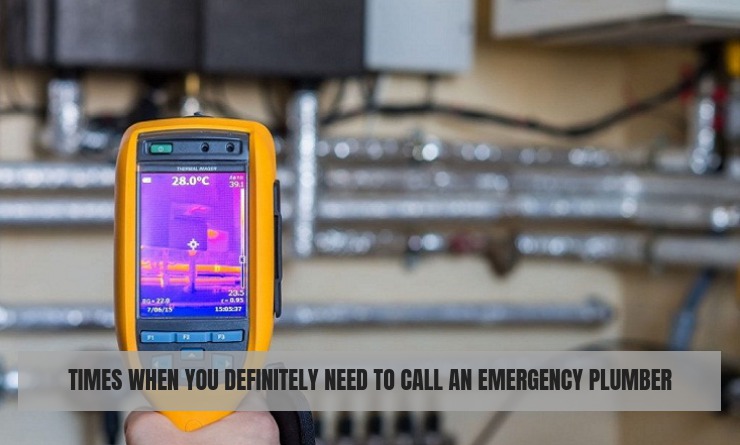
A recent travel survey revealed that every tenth traveller happens to be confronted with bed bugs on their journey, causing a lot of distress among people working in hospitality services. The tiny creatures that feast on animal and human blood only are feared by many, as they come out of their nest at night-time when everyone is asleep and leave itchy bites on the host’s body once they have completed their meal. To a lot of people, it is still unknown that bed bugs sometimes leave their environment and hitch a ride with the travellers themselves, which is precisely the cause of increasing bed bug infestations in tourist accommodations and family homes across Australia, leading to the frequent need for pest control services.
As bed bugs can be transported over long distances in clothing and luggage, due to increased international travel and second-hand furniture trade Australian bed bug populations have grown rapidly within the last years. They will nest in tourist-friendly areas with highly frequented places such as backpacker’s hostels and other budget accommodation, as these houses often use none to ineffective bed bug control in Sydney.
There are two species of bed bugs, but due to the tropical weather, the most common one in Australia is the Cimex hemipterus. The dark brown coloured wingless insects reach a size of only about 4mm prefer to hide in small dark cracks of household objects preferably close to their human host. During the day bed bugs will remain unseen as they nest in places like mattresses, bed frames, and behind loose wallpaper or underneath floorboards.
Due to their small size, the bugs are hard to spot as they usually only come out at night to feed on the human body and then go straight back to their hiding places. First signs of a bed bug infestation may be red bites all over a human’s body but especially on legs, arms, shoulders and back as these are the body parts most exposed to the mattress when sleeping. Thankfully some people don’t react to bed bug bites intensely, others get itchy and irritated skin, which in severe cases can even end up in skin infections due to heavy scratching. Other visible signs of a bed bug infestation can be tiny blood spots on the bedding or shed casings on the floor. Furthermore, a musty, sweet smell in the room might also be an indicator of being invaded by a large population of bed bugs.

The parasitic insects multiply quickly and can live up to half a year at room temperature. What makes them even more troublesome is that they can survive for weeks, if not months without a meal and their eggs hatch in less than twelve days enabling them to increase their population rapidly. It takes a bed bug only up to ten minutes to feed on a human’s body and once it has completed its meal, the tiny bug can bloat up to the size of an apple seed.
Even if the bed bugs don’t carry diseases themselves, they pose a potential health risk to the sleeping person as the pest can spread trench fever and typhus once they feed on different hosts. The bites should not be scratched to prevent an infection but treated with anesthetic creams and antiseptic soap.
As the insects have become quite immune against insecticides, it can be hard to get rid of them and might take multiple treatments to thoroughly clear the area of those bloodsucking critters. Sydney pest control will use microscopes to confirm a bed bug infestation before suggesting professional treatment options for the best pest management results possible.
Read More:




